National Trust turns 125: Wales' role in charity's history
- Published
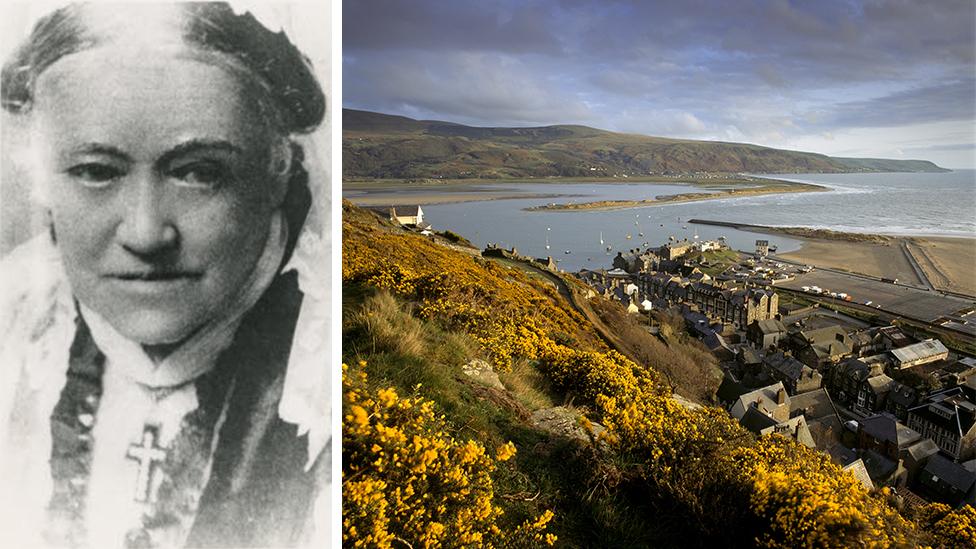
Fanny Talbot donated Dinas Oleu to the National Trust in 1895
More than a century after being donated its first ever place - five acres of cliff top at Barmouth in Gwynedd - National Trust is turning 125.
Dinas Oleu was handed to the charity on 29 March 1895 by Fanny Talbot.
Mrs Talbot was a philanthropist, land owner and friend of two of the charity's founders - Octavia Hill and Canon Hardwicke Rawnsley.
The 4.5 acres of gorse-covered hillside above the seaside town overlooks Cardigan Bay and the Llŷn peninsula,

Red squirrels were brought to Plas Newydd in Llanddaniel Fab, Anglesey, where they have successfully bred
Mrs Talbot was born in 1824 in Bridgwater, Somerset, and moved to Ty'n-y-Ffynon, on the slopes of Dinas Oleu, following her husband's death and devoted herself to local philanthropic work.
Since those early days the charity has grown to be Europe's largest conservation charity with almost six million members.
It preserves more than 250,000 hectares of countryside, 780 miles (1,255 km) of coastline and hundreds of special places across Wales, England and Northern Ireland.
In Wales it owns 157 miles (253 km) of coastline, more than 46,000 hectares of land as well as castles, gardens and mansions.
To mark the milestone, the charity's director general Hilary McGrady announced plans for it to become carbon net zero by 2030 and plant 20 million trees over ten years.
A look at some of National Trust's places and spaces around Wales
Bodnant Garden, Tal-y-Cafn, Conwy

Bodnant was established in 1874 by Henry Pochin
Bodnant has been created over 150 years and is made up of lawns, grand terraces and woodland.
It was established in 1874 by scientist, businessman and politician Henry Pochin, who filled the garden with plants collected by famous global explorers such as Ernest Wilson, George Forrest and Harold Comber.
It has been cared for by the National Trust since 1949.
Rhossili, Gower, Swansea
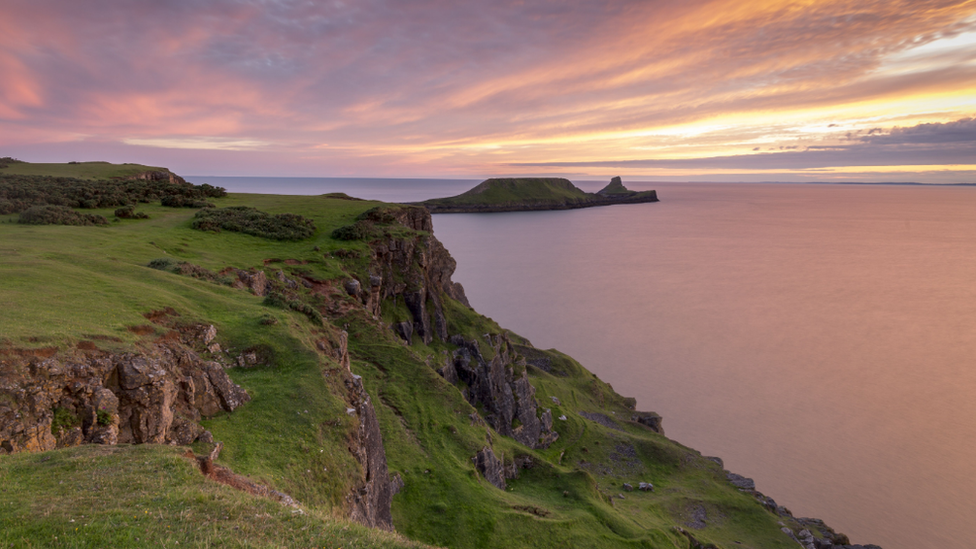
Rhossili lies within the first designated Area of Outstanding Natural Beauty in the UK
A three-mile long sandy beach makes up Rhossili bay.
The beach encompasses Worms Head, one of Gower's most famous landmarks, and lies within the first designated Area of Outstanding Natural Beauty in the UK.
The remains of the Helvetia, a ship wrecked in 1887, is visible on the beach at low tide.
Tredegar House, Coedkernew, Newport
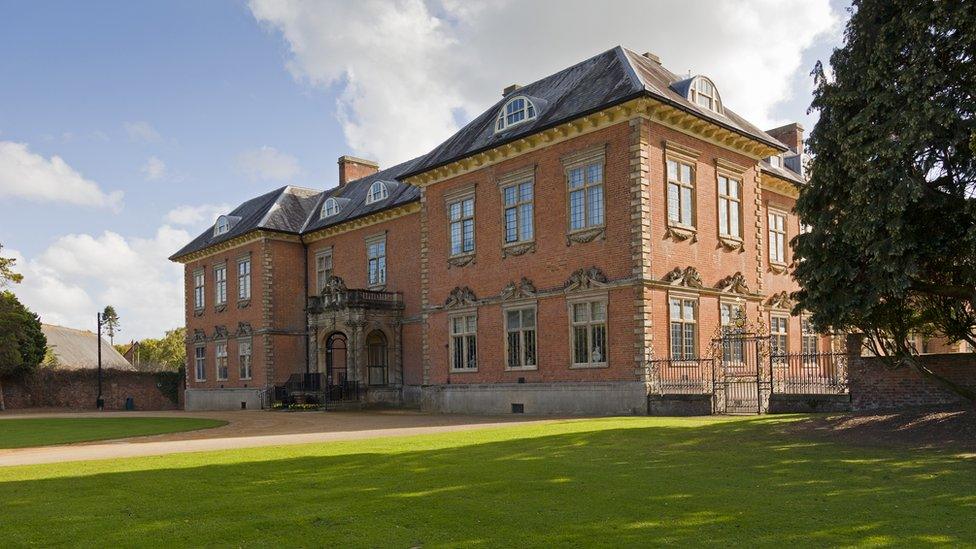
The house was sold with most of its contents in 1951
Tredegar House was the ancestral home of the Morgan Family for more than 500 years.
The house was sold with most of its contents in 1951.
Following a period as a convent school, then a comprehensive, in 1974 Tredegar House was sold to Newport City Council, who still own the house and the collection.
Both have been managed by the National Trust since March 2012.
Powis Castle, near Welshpool, Powys
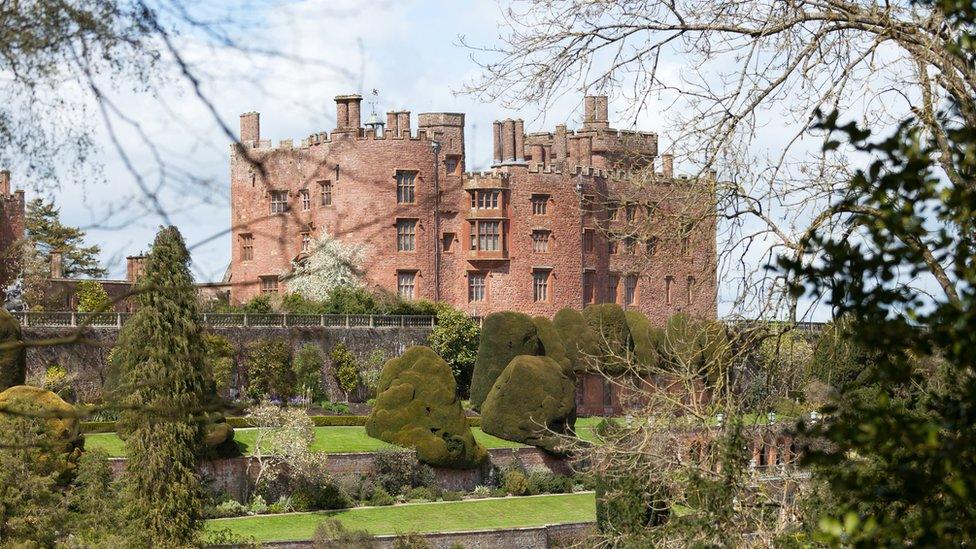
The castle was transformed into a grand residence in the 1530s
Powis Castle was built in the mid-13th Century by Welsh prince Gruffudd ap Gwenwynwyn.
This was in contrast to the other castles of north Wales, such as Caernarfon, Harlech and Conwy, which were built by the English to consolidate Edward I's conquest of Wales.
The castle was transformed into a grand residence in the 1530s by Edward Grey, Lord of Powis.
In 1578 it was leased to Sir Edward Herbert who bought the castle in 1587.
It remained in the Herbert family until 1952, when it was bequeathed to the National Trust, with Lord Powis retaining ownership of the surrounding estate and parkland.
Plas Newydd, Llanddaniel Fab, Anglesey
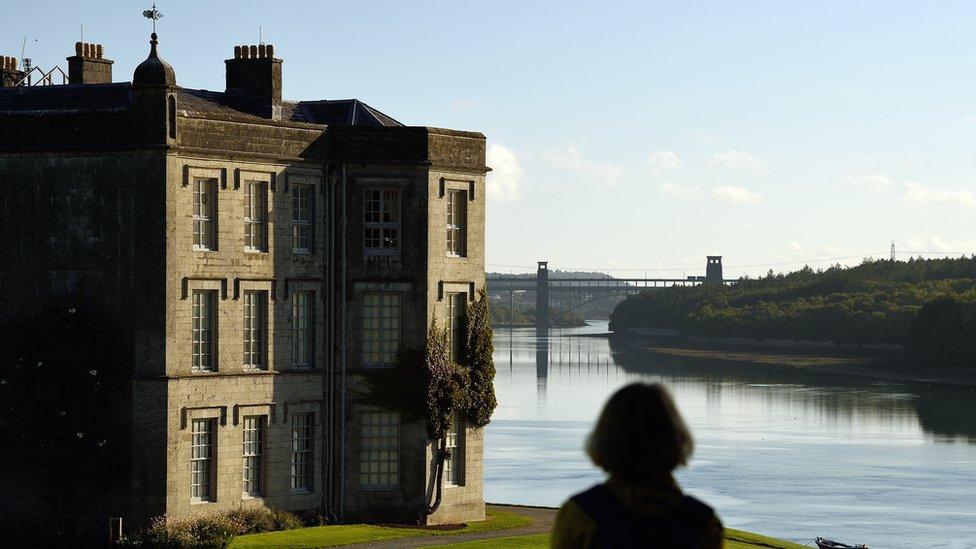
The 18th Century house has views of the Strait and the mountains of Snowdonia
Plas Newydd, the traditional home of the Marquess of Anglesey, is situated on the banks of the Menai Strait.
The 18th Century house by James Wyatt has views of the Strait and the mountains of Snowdonia.
Chirk Castle, Wrexham
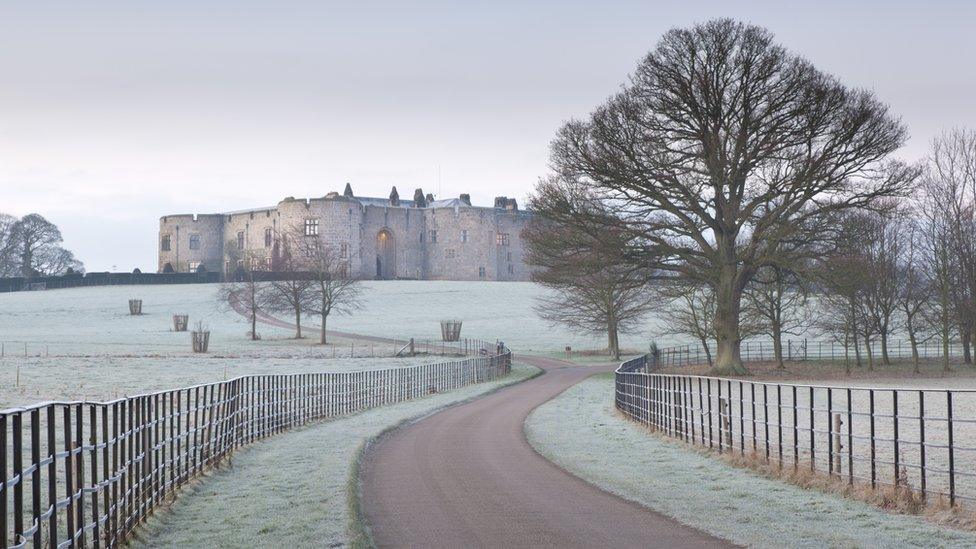
Chirk Castle has over 480 acres of estate parkland
Chirk Castle was completed in 1310 during the reign of the conquering Edward I to subdue the last princes of Wales.
It has over 480 acres of estate parkland with wild ponies, sheep and a preserved section of Offa's Dyke.
The estate is located within an Area of Outstanding Natural Beauty and has also been designated a Site of Special Scientific Interest as an important habitat for rare invertebrates, bats, fungi, and wild flowers.
Ysbyty Ifan, Conwy county
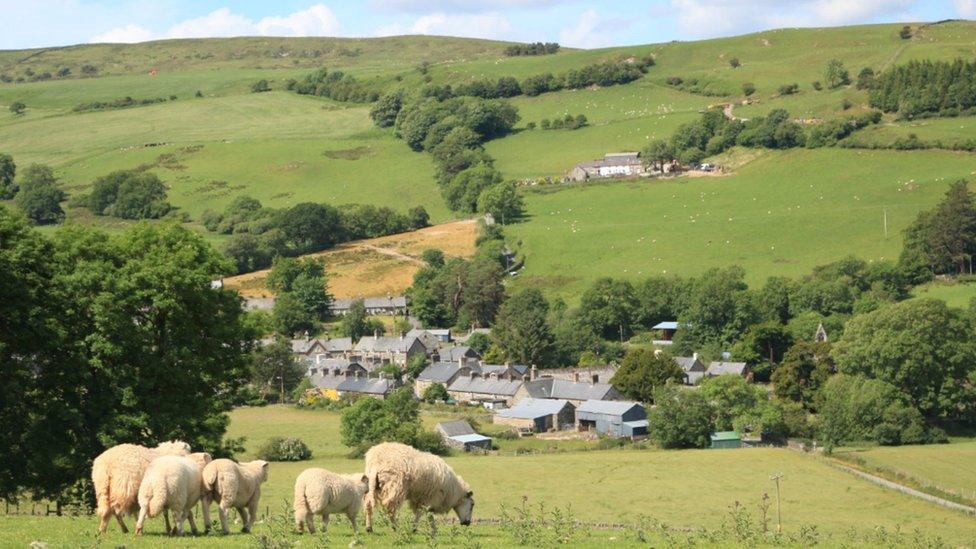
The estate is only accessible by single track road
The vast Ysbyty Estate lies just south of Betws y Coed and is the largest single estate cared for by the National Trust.
The estate covers over 8,000 hectares of open moorland, river valleys and 51 hill farms.
It is only accessible by single track road or a network of public footpaths.
- Published20 April 2018
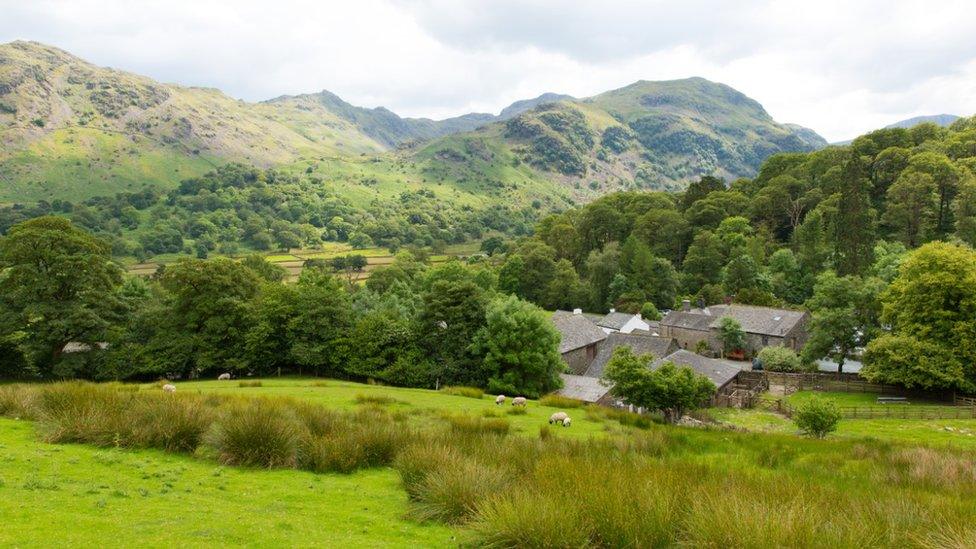
- Published20 April 2018
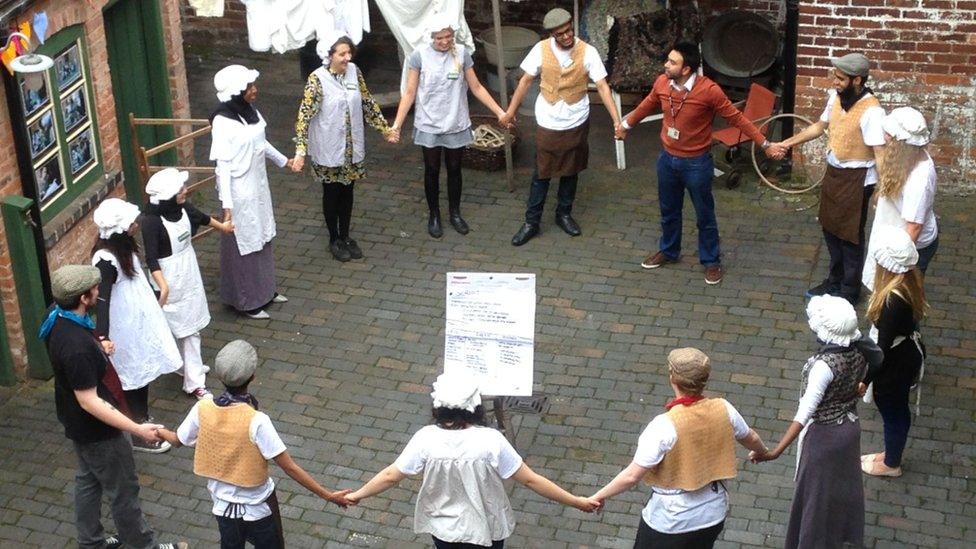
- Published15 October 2019
